12 Fingernail Problems That May Signal Health Concerns
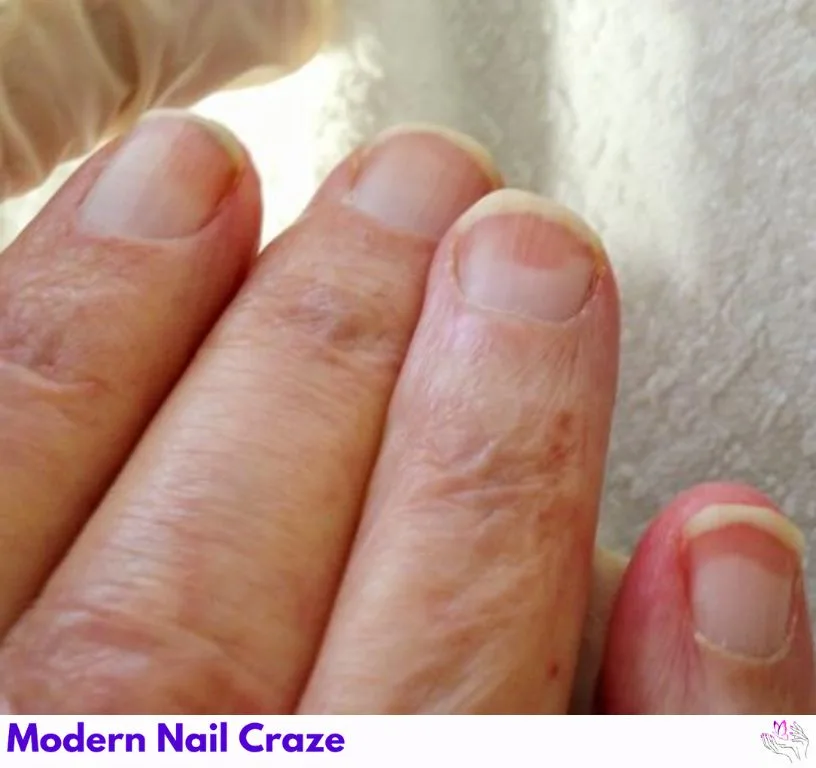
Your fingernails and toenails are more than just a beauty statement—they reflect your overall health. According to dermatologists like Dr. Dana Stern and Dr. Chris Adigun, changes in nail shape, color, or texture can sometimes be early signs of serious medical conditions like anemia, thyroid issues, infections, or even heart and lung disease.
It may be time to pay attention if you notice issues like downward-curving nails, white spots, or a bumpy thumbnail. Here are 12 nail symptoms you should never ignore.
👉 Need help identifying other nail symptoms? Check out Modern Nail Craze’s guide to curved nails for even more insight.
1. Nail Pitting Fingernail Problems
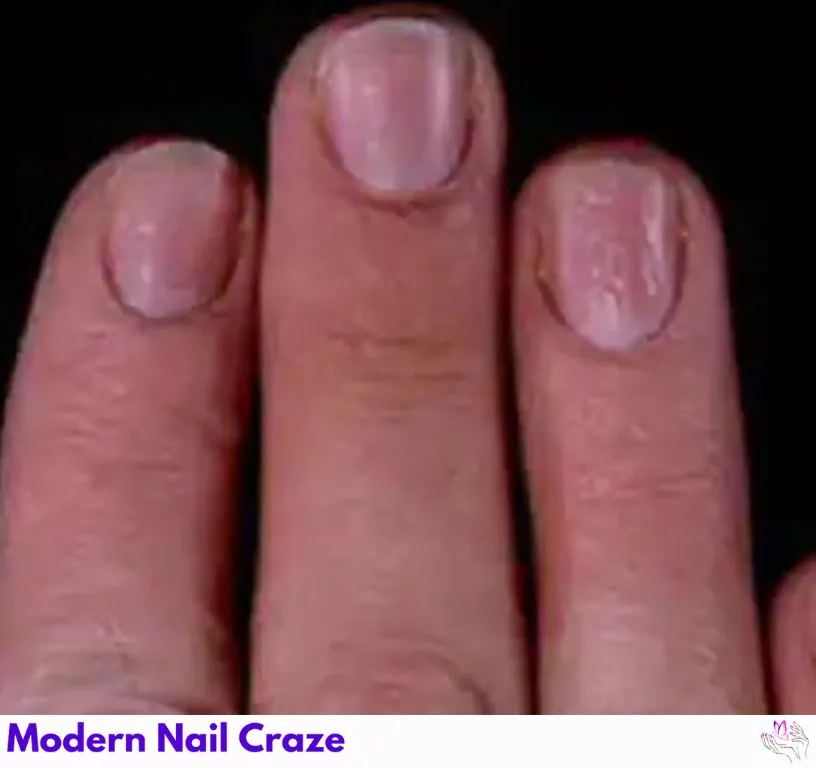
Nail pitting appears as small dents or depressions in the nail surface. It’s often linked to psoriasis, eczema, or alopecia areata. The nails might look like they’ve been poked with a tiny icepick. Pitting can also accompany curved or brittle nails and should be discussed with a dermatologist.
2. Spoon Nails (Koilonychia)
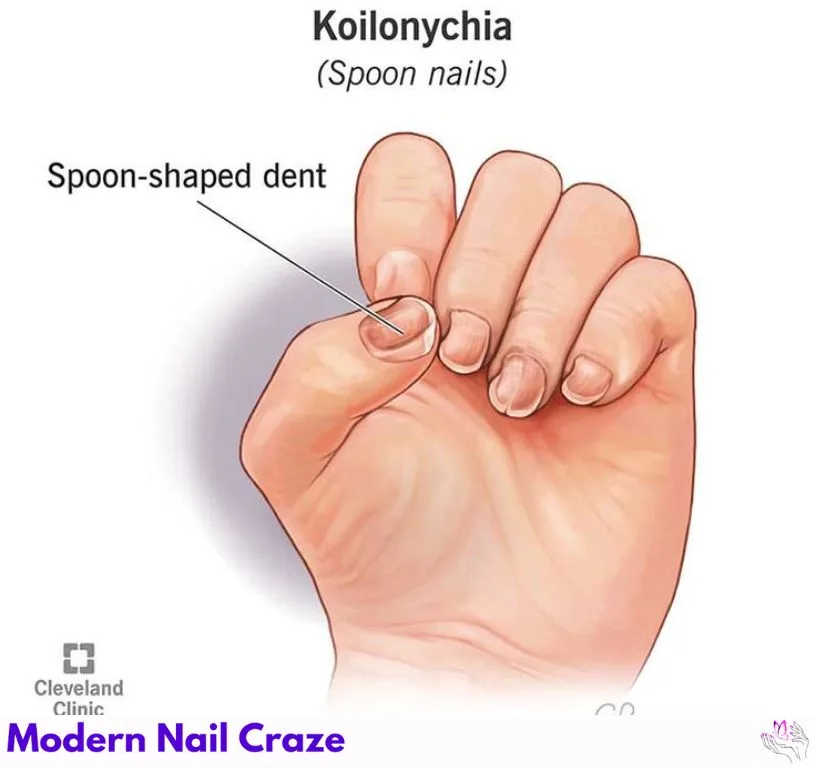
Spoon nails curve upward, creating a concave shape. This may be a sign of iron deficiency anemia, hemochromatosis (excess iron), or heart and liver issues. If your nails could hold a drop of water, it’s worth checking your iron levels.
Related Post: Curved Nails? A Hidden Danger No One Talks About
3. Nail Clubbing

Clubbing causes the fingertips to enlarge and nails to curve outward like an upside-down spoon. It’s often linked to low oxygen levels from conditions such as lung disease, heart defects, or cirrhosis. A sudden change calls for immediate medical attention.
4. Nail Separation (Onycholysis)
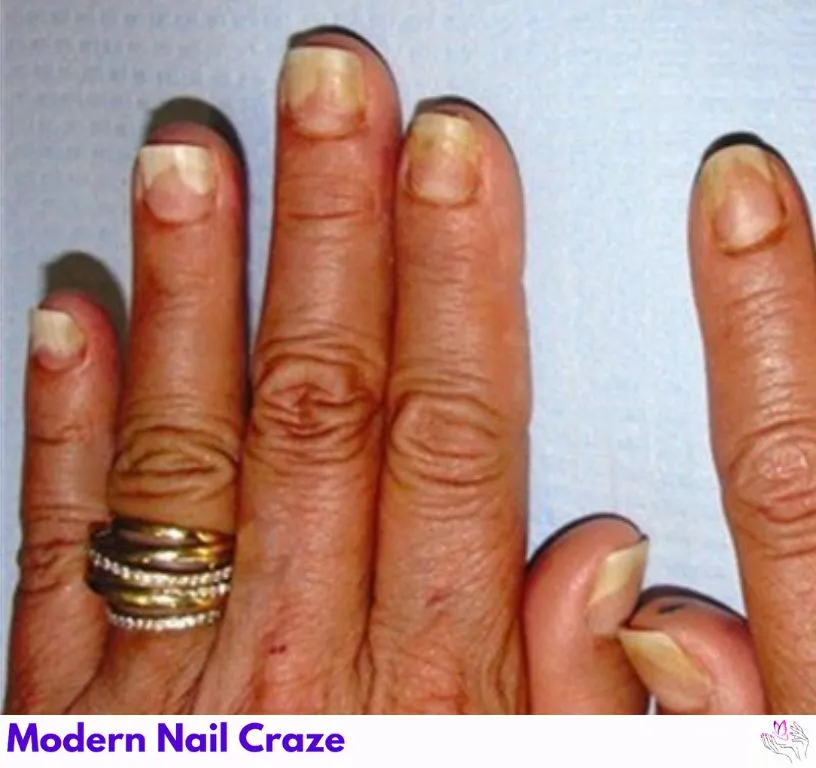
This condition occurs when the nail lifts away from the nail bed. It might turn white, yellow, or green and could be caused by injury, infection, or exposure to nail products. Sometimes, it’s linked to thyroid disease or psoriasis.
You May Like: Why Do My Nails Curve Down? The Shocking Truth Revealed!
5. Splinter Hemorrhages
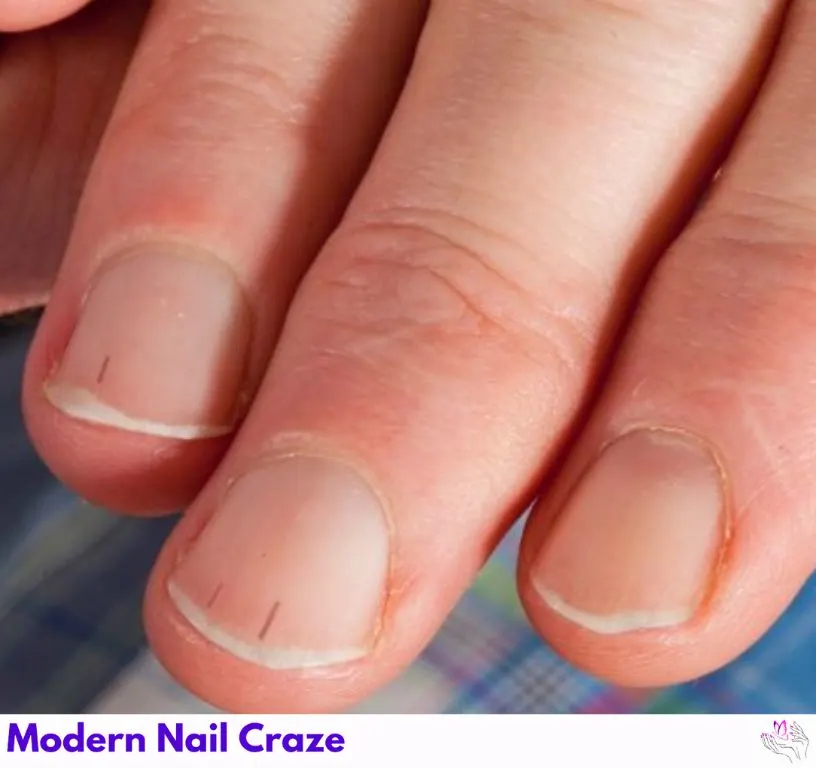
These look like tiny, thin black lines beneath the nail—like a splinter. While they can come from trauma, they may also signal bacterial endocarditis, a serious heart infection. If there was no injury, get this checked quickly.
6. Warts Around the Nails

Warts caused by HPV (human papillomavirus) often appear around the nail from biting or skin-picking. They can also spread to your lips or mouth and may lead to complications like cold sores or, in rare cases, skin cancer. Treatment by a dermatologist is best.
7. Beau’s Lines
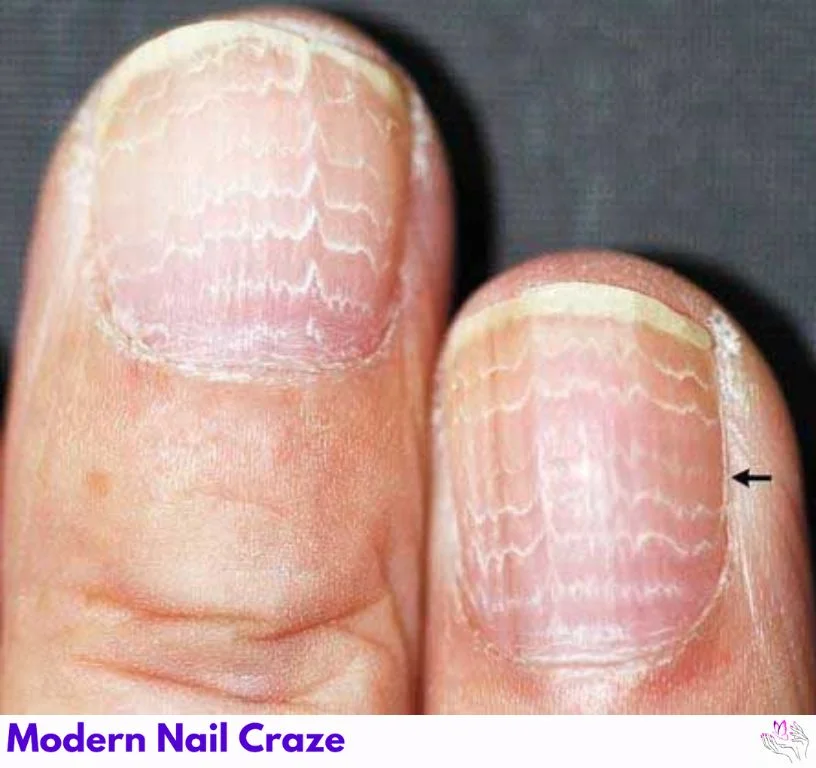
These are horizontal grooves or lines across the nail and may appear after illness, trauma, or major stress (like surgery or grief). They usually surface 3–6 months after the event and can also indicate diabetes or circulatory problems.
8. Onycholysis (Repeated)
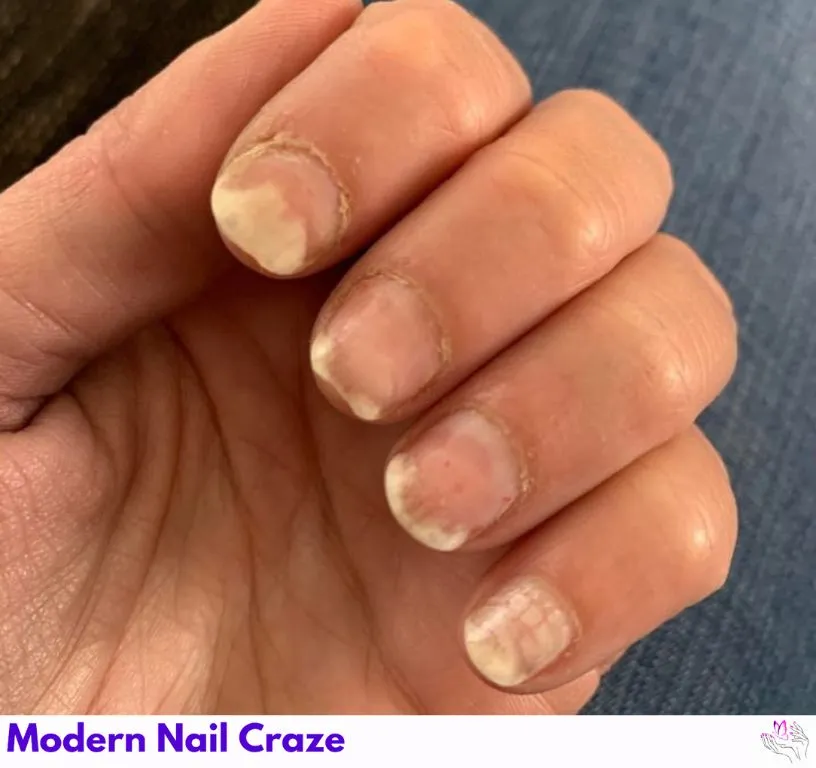
Although similar to nail separation, onycholysis specifically refers to nail lifting due to conditions like thyroid disease, fungal infections, or skin disorders. If unexplained, a hormone or blood test may be necessary.
Trending Post: Russian Manicure: Safe or Risky? Find Out the Truth
9. Terry’s Nails
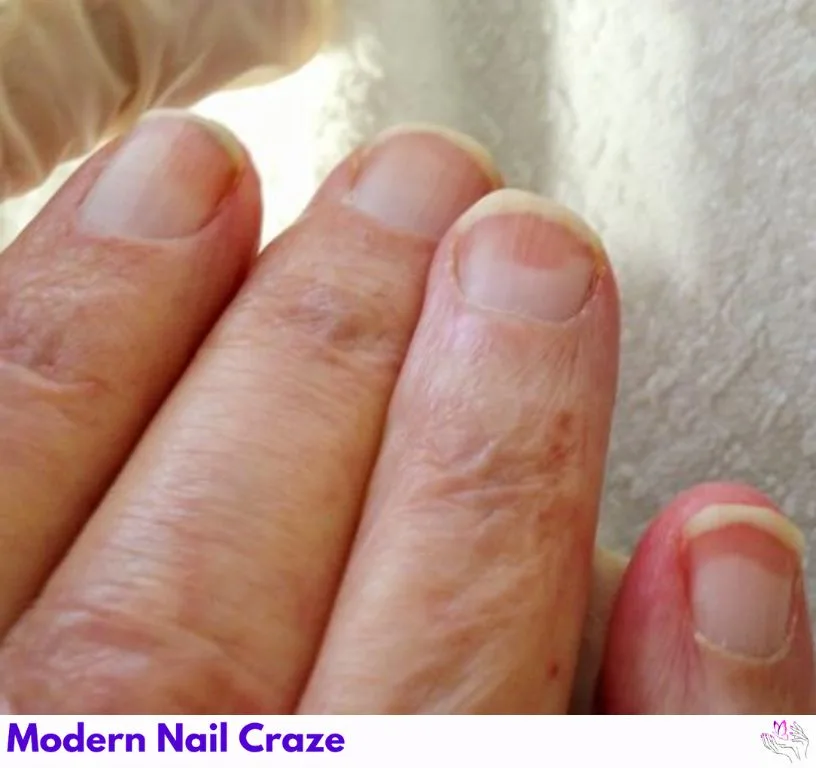
This condition makes most of the nail appear white with a reddish-brown band near the tip. It may be a symptom of liver disease, congestive heart failure, or diabetes. Age may play a role, but a medical review is wise.
10. Fungal Nail Infections
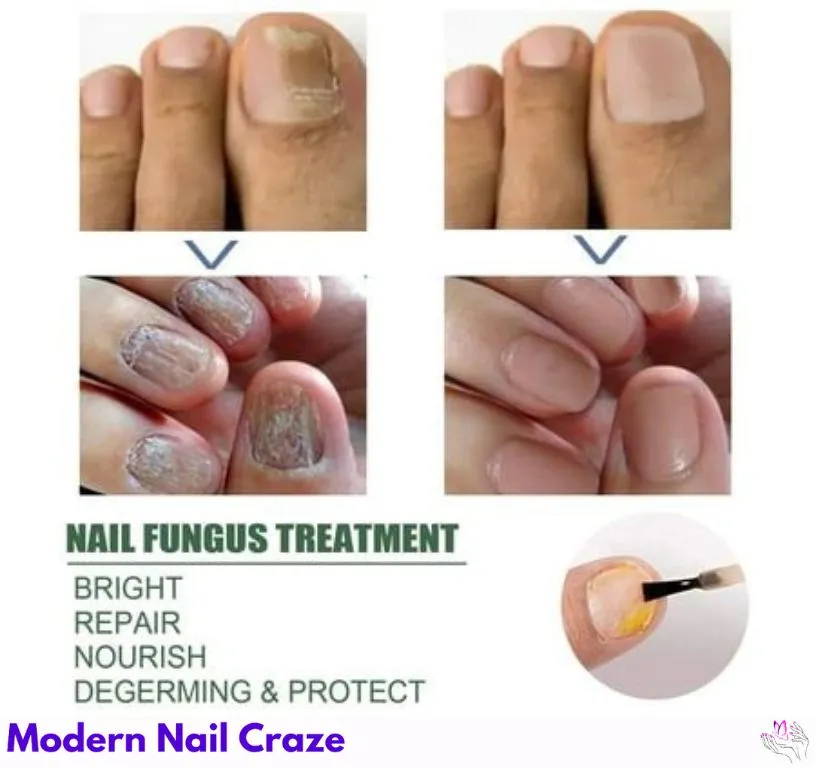
Thick, yellow, brittle nails could indicate a fungal infection. These are often found in people with diabetes or poor foot hygiene. Treatment may include topical antifungals, prescription medication, or nail removal in severe cases.
👉 See our post on gray nail designs if you’re unsure whether it’s a color choice or a sign of something deeper.
11. Yellow Nail Syndrome

This rare condition causes nails to thicken, grow slowly, and take on a yellow tint. It’s associated with lung diseases like chronic bronchitis or lymphedema (fluid retention). A dermatologist can help with diagnosis and treatment.
12. White Spots or Discoloration
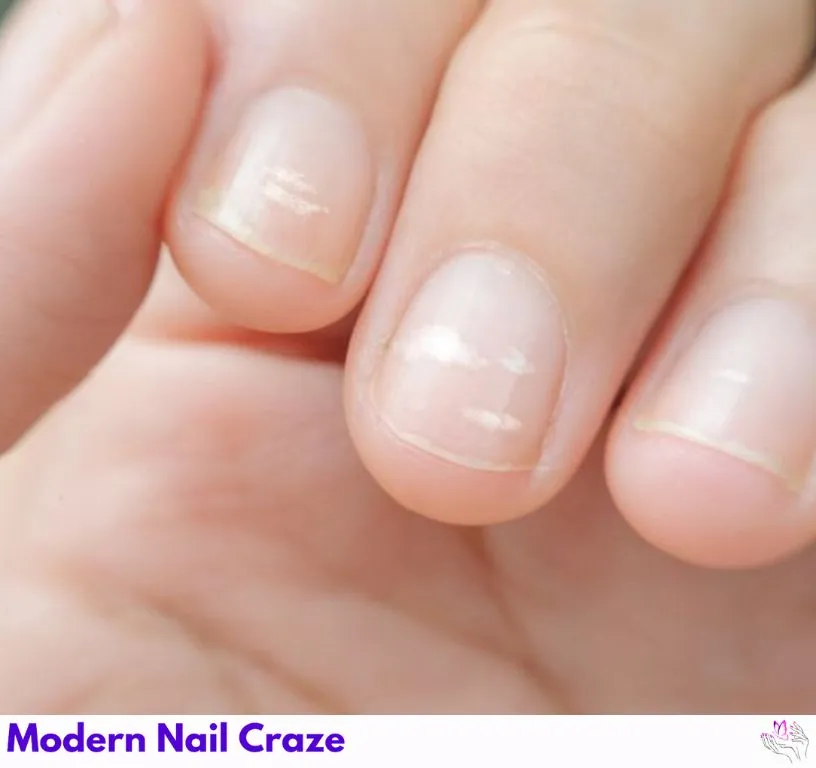
Most white spots are from minor trauma. But if they don’t fade when pressed, it might be true leukonychia, caused by injury, arsenic exposure, or systemic issues like liver or kidney disease. If the spots are paired with other symptoms, consult your doctor.
Special Focus: Rare and Nutritional Conditions
What is 21 Nail Syndrome?
21 Nail Syndrome is a genetic disorder affecting all fingernails and toenails. It causes thin, brittle, or ridged nails, often paired with skin issues like keratosis pilaris or palmoplantar keratoderma. There is no cure, but moisturizers and nail-strengthening treatments may help.
Signs of Vitamin B12 Deficiency in Nails:
- Blue or pale nails
- Dark vertical streaks
- Brittle texture
- Slow nail growth
- Spooned nails
If you spot these signs, ask your doctor about a B12 blood test and consider supplements or dietary changes.
Final Thoughts
Your nails are often your first health clue. Whether you’re noticing subtle color changes or extreme nail lifting, it’s worth consulting with a healthcare provider. Early detection can prevent serious complications.
👉 For more on nail care and health, visit Modern Nail Craze and explore trending tips, manicure techniques, and DIY guides.